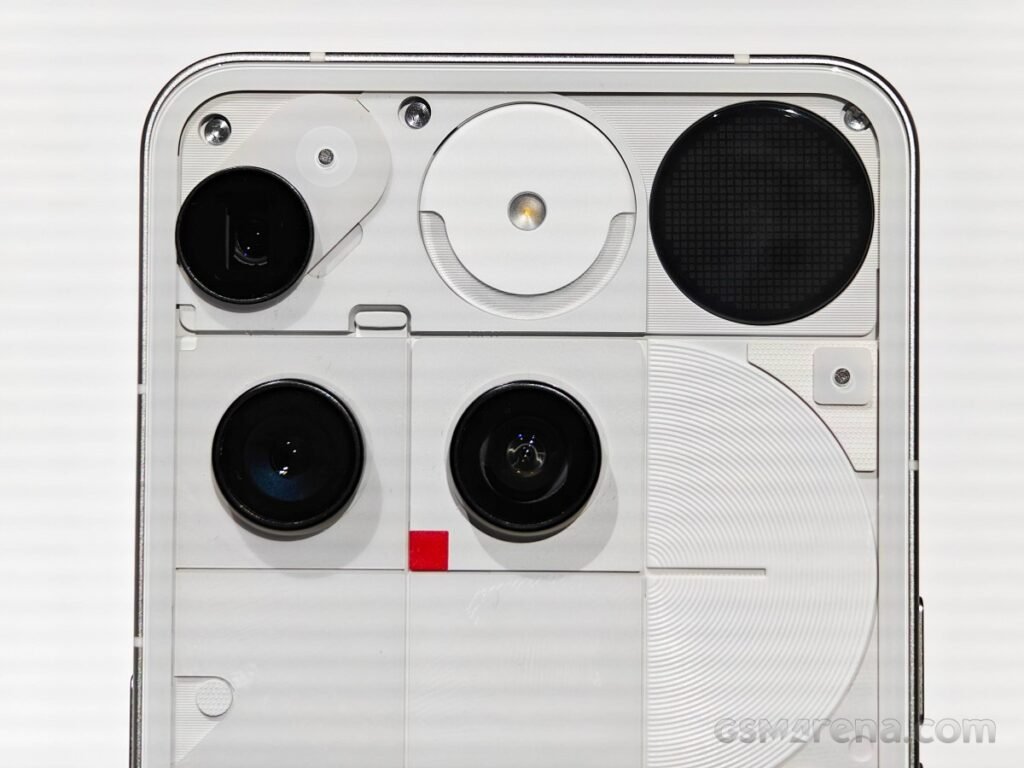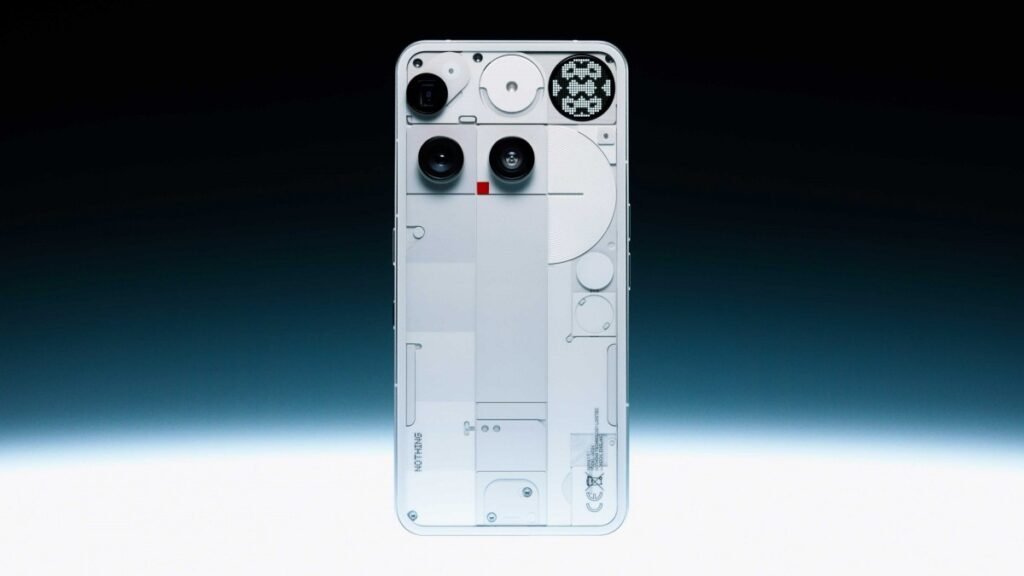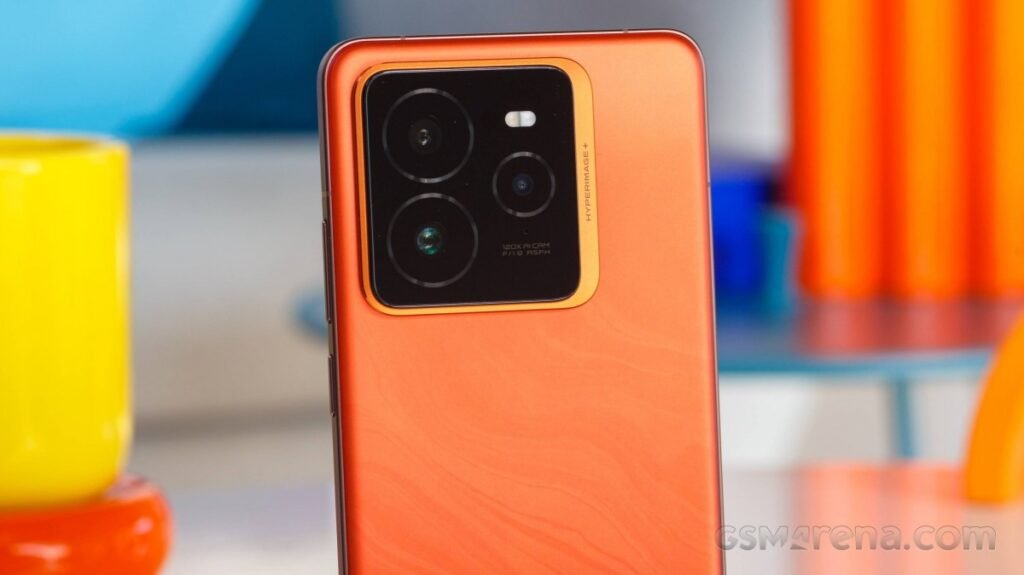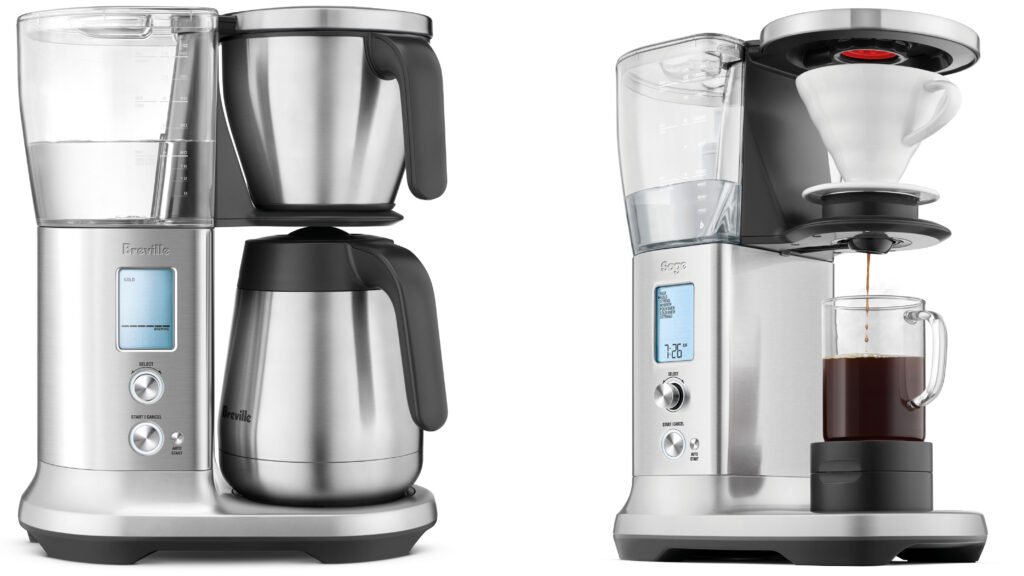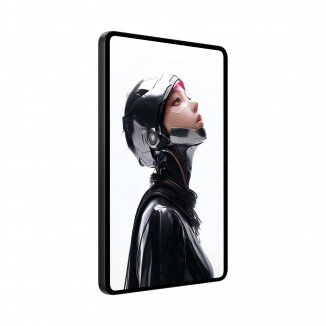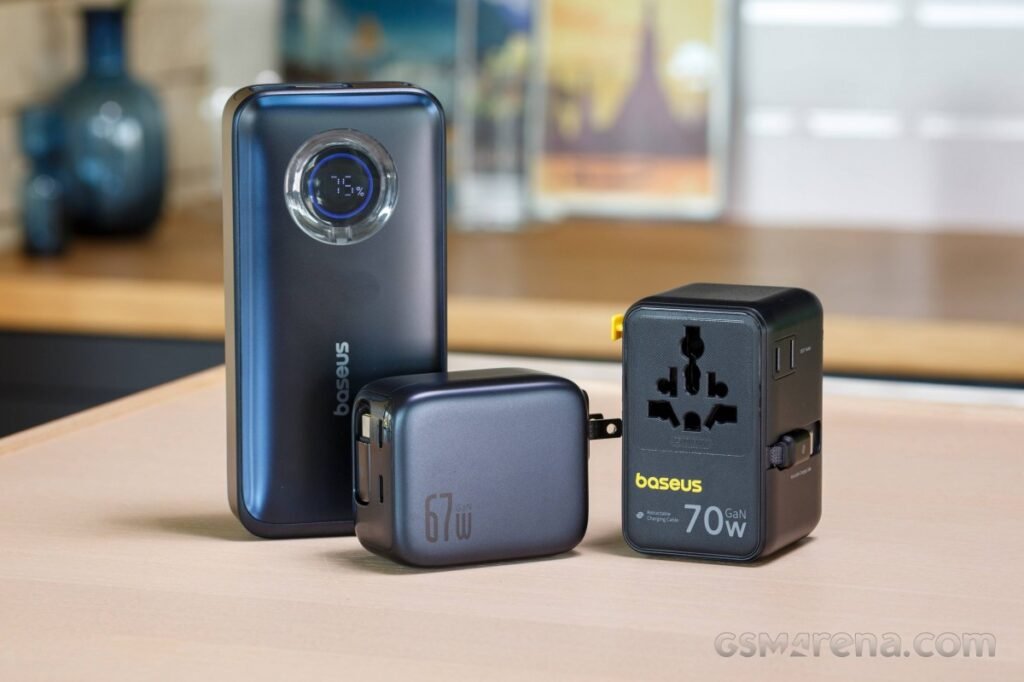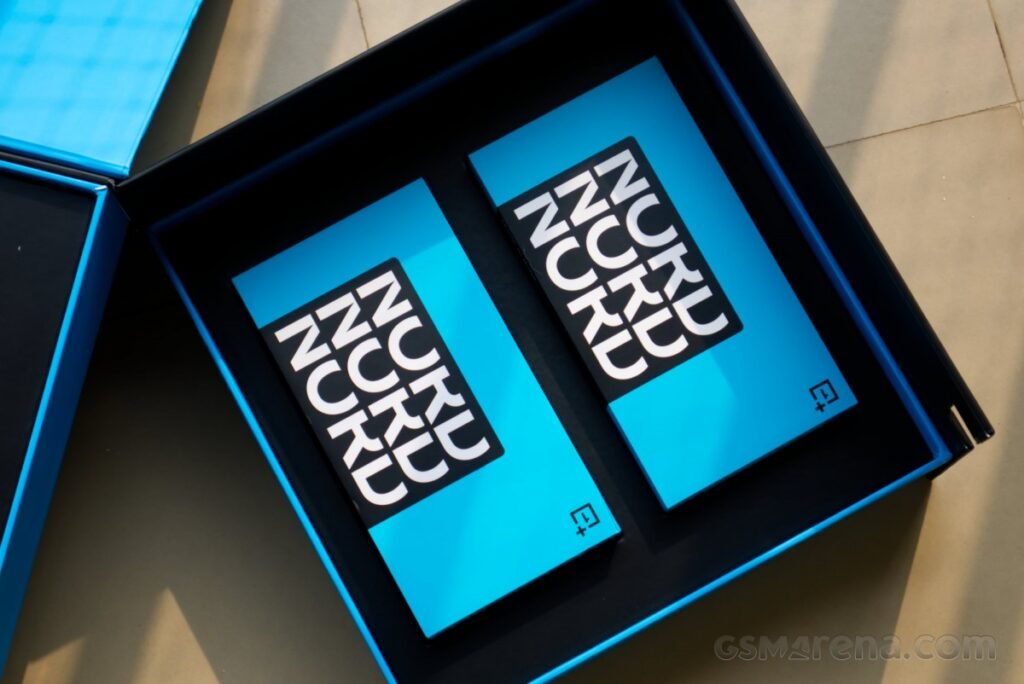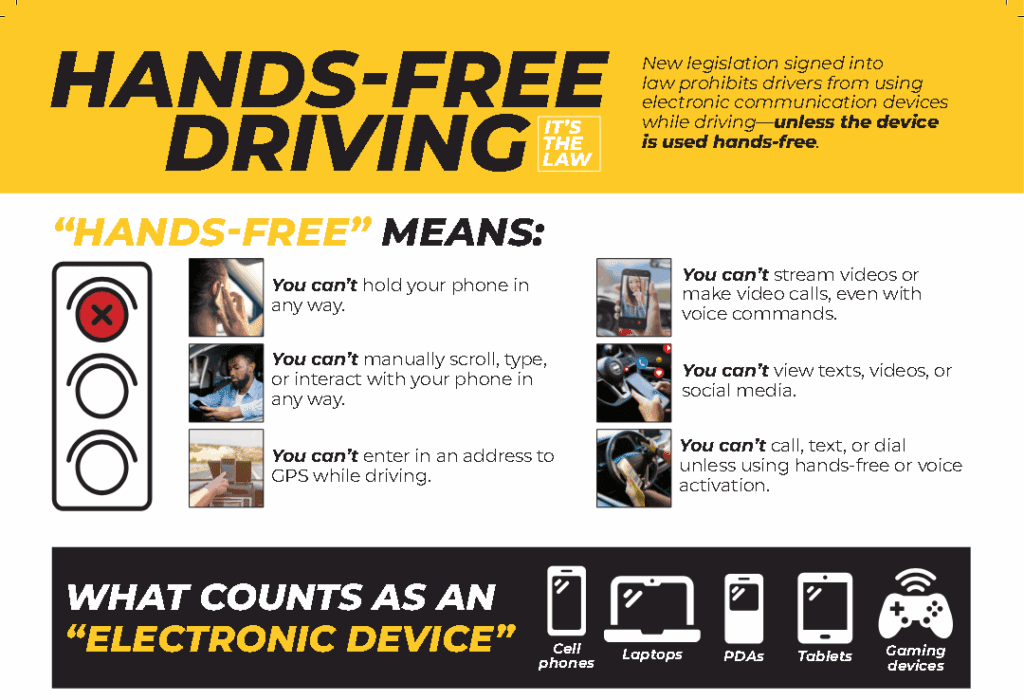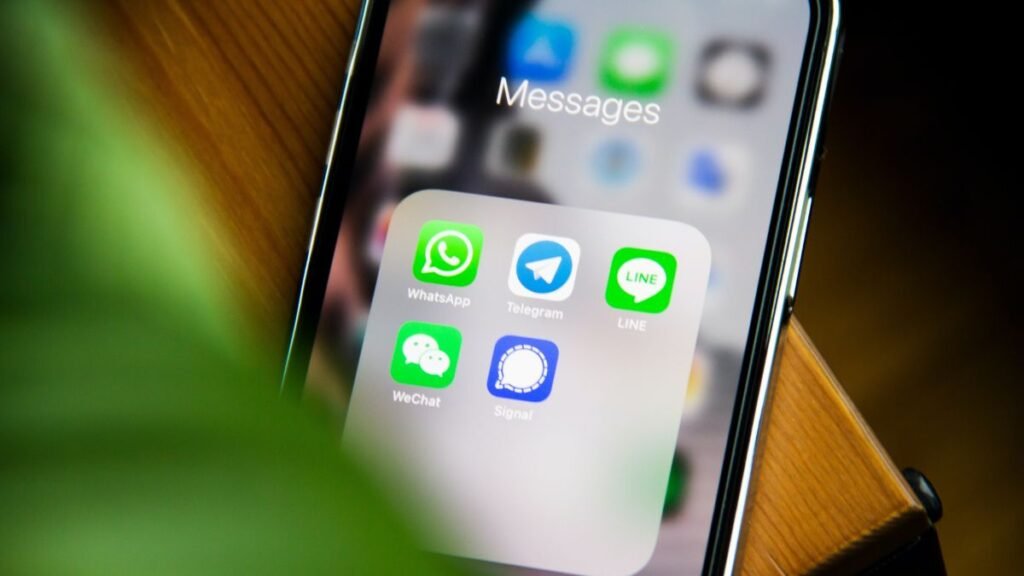At the start of 2024, ESPN’s Gab Marcotti laid out his wishes for the year, a belated Christmas list that could help common sense prevail in football governance. Among Gab’s wishes were that the UEFA Women’s Champions League (UWCL) be given a bigger platform to help the game grow, while noting the incoming format change that arrives in 2025-26. To achieve this, the two burning questions are: 1) Is there any love from the wider football community for UEFA’s premier club competition and 2) Will the reformat help?
– Stream on ESPN+: LaLiga, Bundesliga, more (U.S.)
As it stands, the lion’s share of Champions League rights from the group stage onward are owned by DAZN, which broadcasts all games on YouTube and offers commentary in a range of different languages (including English and the official languages of the two teams). The matches are all there, accessible to those with an internet connection, but it isn’t a normal television broadcaster that shouts from the rooftops about its women’s football content. Indeed, if you’re a fan of women’s football, you will likely have found your way to DAZN already, as it also holds the rights to multiple domestic leagues around the world, broadcasting selected games on its YouTube channel (with some geo-restrictions).
Those who expect a traditional broadcast — or, more specifically, a traditional sports channel — won’t find any games when flicking through their TV listings. But it does mean that, for most, the UWCL is free to air and doesn’t require a subscription, which is a great way to grow the game.
Turning to the competition itself, the UWCL does little to address the imbalances across women’s football, but it can provide respite and escapism from polarised domestic leagues. Catalan giants Barcelona tend to face tougher opponents in the latter stages of the UWCL than in most of their domestic games in Spain’s Liga F. To illustrate, they claimed their first trophy of the season this weekend with a stark 7-0 win over Levante in the Supercopa — this is the same Levante team that sits second in the league, but hasn’t taken points off Barcelona since 2018 because Barca are simply that good.
The midweek games and accumulation of minutes that comes with the UWCL does strike a temporary blow for parity, with teams like Barcelona and Chelsea theoretically more tired ahead of their respective weekend league commitments. But investment often begets investment and the teams that finish in Champions League positions are more likely to invest to improve and add depth to their squads for the rigours of European competition, which keeps the domestic gaps as wide as they always were.
There is often a wish to have everything right now: we want women’s football to thrive both domestically and internationally across the world, and not just in certain regions. Moreover, for women’s football — and more broadly, women’s sport — to be treated with respect. History weighs heavy here, with the national bans that stunted the growth of the sport — from England’s 50-year ban from 1921 when the FA stated that “the game of football is quite unsuitable for females and should not be encouraged,” to similar restrictions in Brazil, Germany and other countries around the globe — ensuring that the women’s sport is still playing catch-up to the men’s.
Maybe the wish should simply be for patience. Building teams and leagues takes time and steady investment, not least because we’ve already endured multiple incidents of rapidly inflated bubbles suddenly bursting in the women’s game. For women’s football to grow and be accepted, there needs to be a broader understanding that time is required to foster and nurture the winning conditions.
It’s with that in mind that we can look ahead to the new format for the UEFA Champions League — the fabled “Swiss model” which promises to align both men’s and women’s competitions. This model removes the four groups of four; instead all clubs are placed into one giant table of 18 teams where each will play six matches (three at home and three away) before the knockout rounds.
Yet on the women’s side, we have only just become used to the reintroduction of the group stage — now in just its third year — and each season it has delivered more and more. It’s true that either Lyon (6) or Barcelona (2) have won the last eight UWCL titles, but there is always a surprise before we hit the final. In this campaign, with two games still to play, Real Madrid are already out as Swedish runners-up Häcken made waves in Group D; Ajax have shocked the more established Paris Saint-Germain, Bayern Munich and Roma in a highly competitive Group C and sit on top; while Norway’s Brann took an unlikely point off Lyon to stake their claim for second place in Group B.
It’s hard to know whether we will get the same sense of drama from the “Swiss model” though the introduction of a second-tier competition, a UEFA Women’s Europa League, will ask serious questions of some teams.
While professionalism in the women’s game is sweeping across Europe, many of the leagues are so polarised that you wonder what the lower-placed finishers would gain from a European adventure. It may be a romantic undertaking with little downside for West Ham or Brighton in the men’s game, but the underfunded women’s squads will struggle considerably more with squad depth if a European competition is added to their schedule, while the financial rewards on offer (currently a minimum of €400,000 for UWCL group-stage participants) are unlikely to balance the budget for the added foreign travel of playing in those tournaments.
European competition may attract better players to those smaller teams, but the advent of a second-tier tournament may also just act as a pacifier for the UWCL strugglers who fall at the first hurdle and prove to be a repechage for Europe’s wealthiest instead.
Maybe my cynicism is misplaced. I was among those who worried it was too soon to expand the FIFA Women’s World Cup to 32 teams in 2023, as it was only in 2015 that the competition had been expanded from 16 teams to 24 and it could have led to some lopsided scorelines. But only two nations (Vietnam and Haiti) failed to score in Australia / New Zealand — unlike the 2019 edition, when all 24 teams found the back of the net — the standard didn’t drop with the increased number of participants and many traditional powers were indeed caught flat-footed by those with less developed programmes.
Maybe the “Swiss model” will be good for the women’s game and give everyone a chance at European glory. Only time will tell but, for now, the UWCL is already full of drama and intrigue and if you’re not watching it, you’re missing out.

